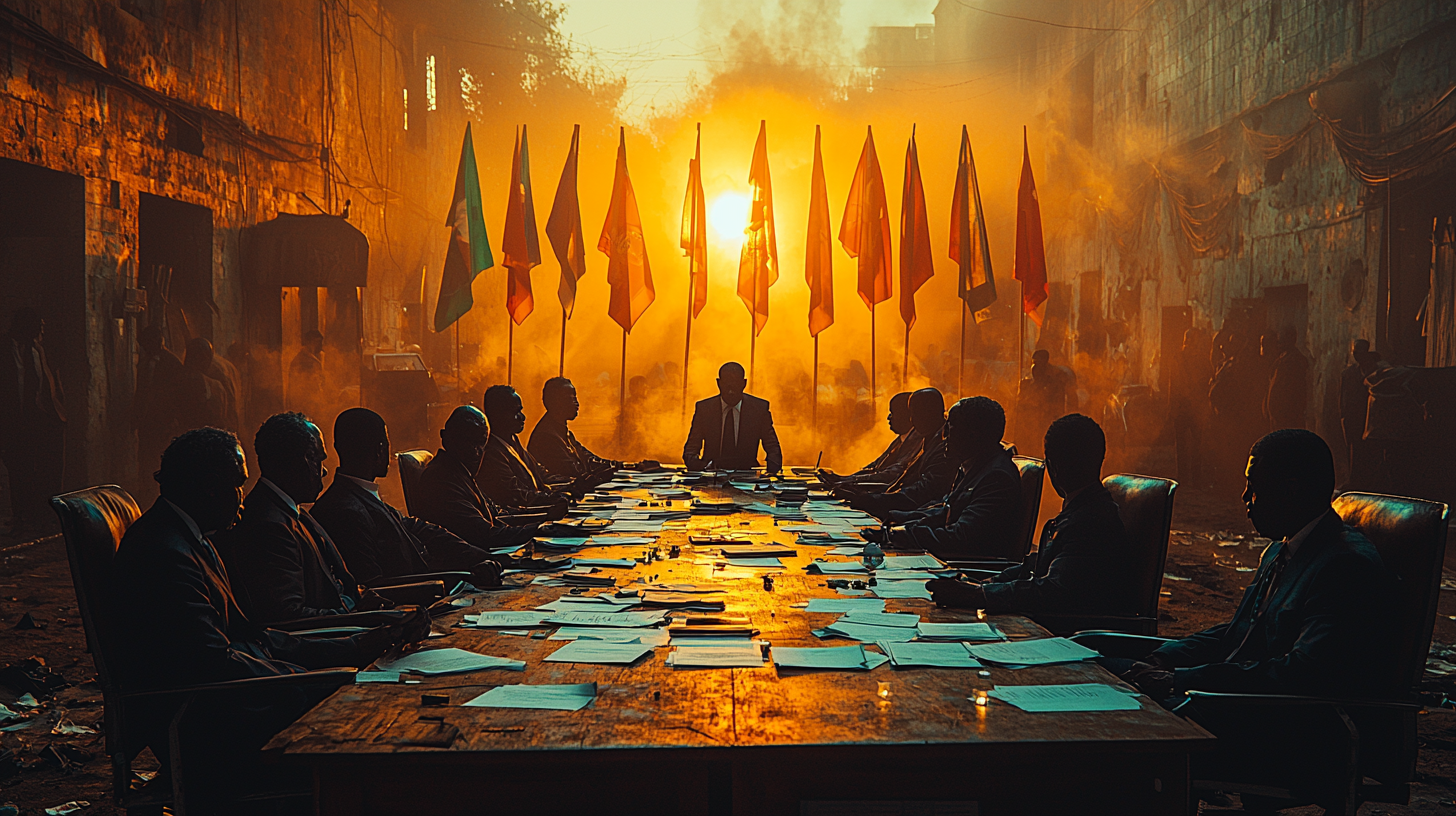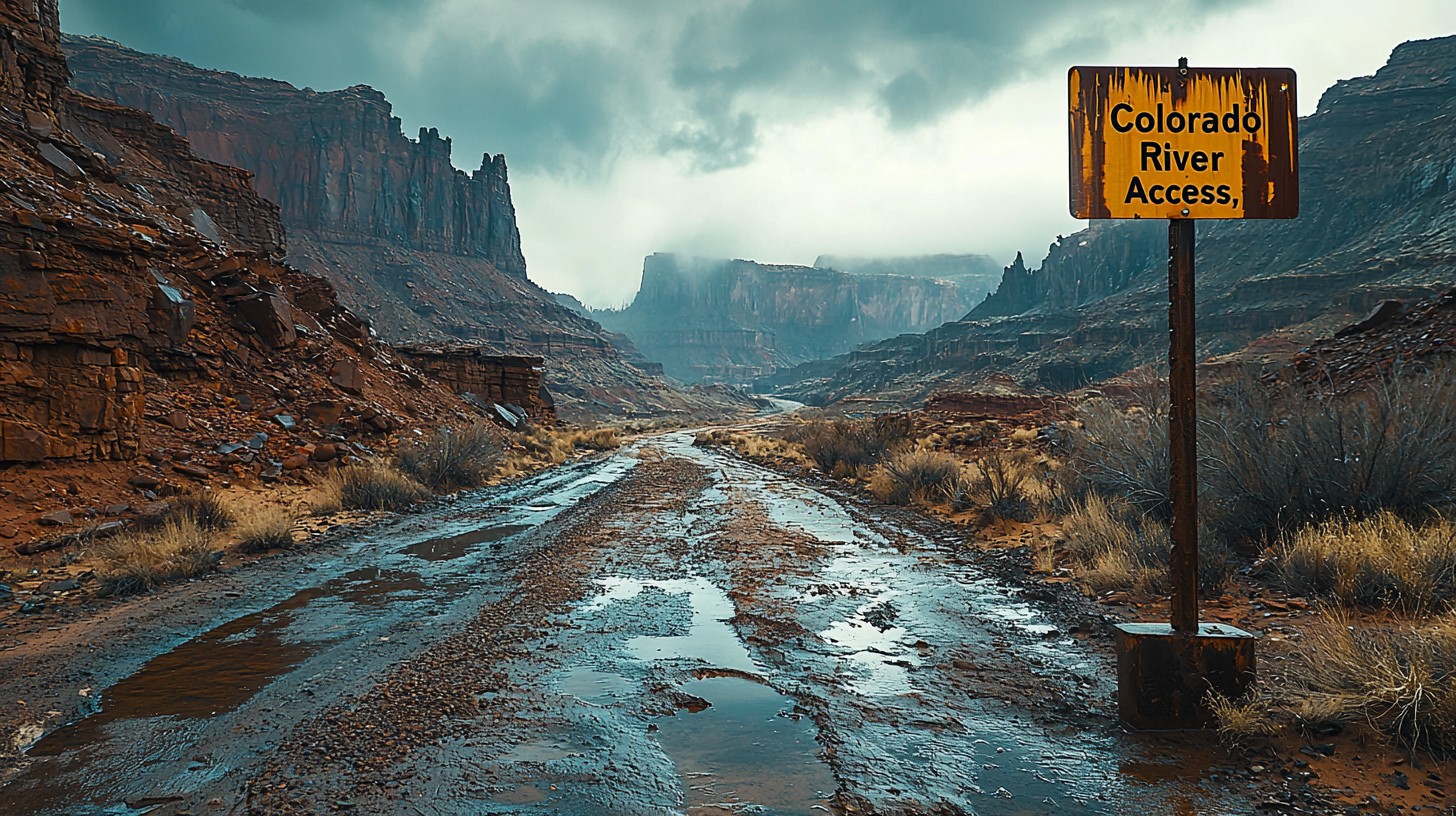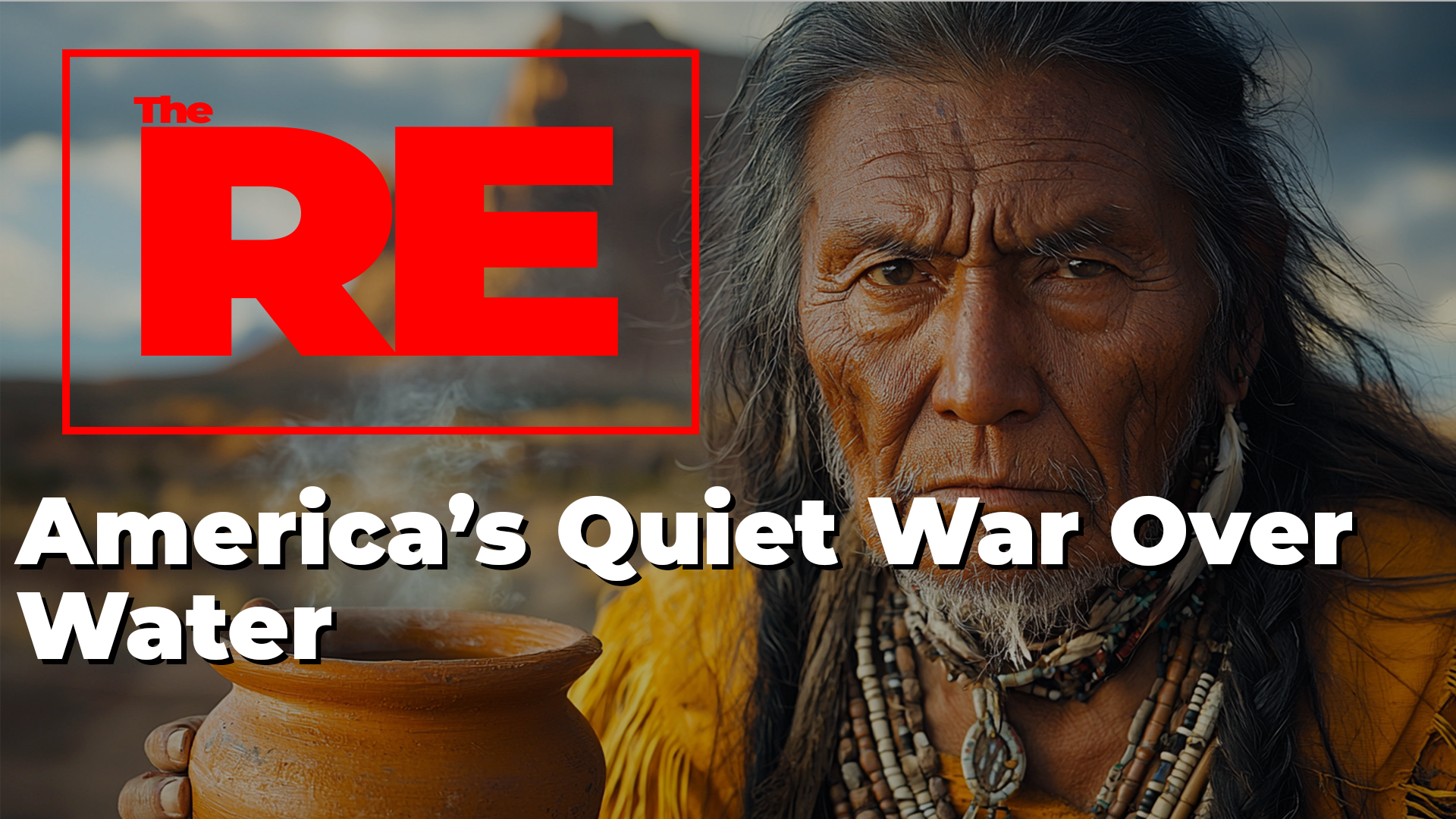The Ripple Effect
-News and Commentary-
Today in The Ripple Effect, we are discussing America’s quiet war over water — and how the Colorado River has become the front line in a resource crisis that's already reshaping the future of the West.
At first glance, the Colorado River looks like any other stretch of water weaving through the American Southwest. But behind that flow is a fight — one involving states, Indigenous nations, farmers, city planners, and billion-dollar industries — all desperate to claim a share of a river that’s drying up faster than the policies built to protect it.
For over a century, the Colorado River has been the lifeline for over 40 million people across seven states and Mexico, delivering water to cities like Los Angeles, Phoenix, Las Vegas, and major agricultural hubs in California’s Imperial Valley. But today, that same river is shrinking at an alarming rate, fueled by overuse, political deadlock, and a climate crisis that’s not waiting for anyone to catch up.
The headlines are tame: “Drought in the West,” “Water Restrictions Announced,” “Reservoirs Drop to Record Lows.” But underneath those headlines is a legal and environmental time bomb. The Colorado River Compact — the 1922 agreement that split water rights among the states — was based on a lie: that the river would always flow at 17 million acre-feet per year. In reality, it averages closer to 12 million now — and dropping.
That math doesn’t work anymore.
In 2023, federal officials demanded the seven states cut 2–4 million acre-feet of water usage or face mandatory reductions. California, Arizona, and Nevada clashed immediately, with California refusing to take cuts it saw as unfair, while Arizona warned that crops and communities would be devastated. The Navajo Nation, long overlooked in water negotiations, is now demanding a seat at the table. And downstream in Mexico, where the river is supposed to deliver a guaranteed supply, the water barely trickles in.
What we’re watching is the early stages of America’s first internal water war — and it’s no longer a question of if, but how bad it’s going to get.
Who’s involved? It’s not just seven states. It’s multiple tribal nations, federal agencies like the Bureau of Reclamation, Mexico, and powerful corporate lobbyists representing agriculture, utilities, and real estate developers. California holds the most senior water rights — meaning it gets first dibs under current law — but Arizona, Nevada, and other downstream users argue that population and need should now outweigh century-old rules.
What’s happening now? Lake Mead and Lake Powell — two of the largest reservoirs in the country — are at historic lows, with some boat docks turned to dry dirt. Cities are preparing for usage caps. Farmers are letting fields go dry. Las Vegas has already banned decorative grass. Arizona has paused new housing development in some areas because there’s literally no guaranteed water to support future residents.
When did it start? The root issue goes back to 1922, when the Colorado River Compact was signed. At the time, the West was still being carved up like land on a Monopoly board. No one considered drought cycles or the future of the climate. In 2000, the river’s decline became impossible to ignore, and by 2020, it was clear that consumption had massively outpaced what the river could provide. Yet still, no binding agreement exists between the seven states about how to equitably cut back.
Why does it matter? Because this isn’t just about water — it’s about who controls the future. Water equals power. In the West, it determines where you can build, who can farm, who survives, and who gets left behind. If this legal and environmental tug-of-war isn’t solved, millions of Americans could face forced relocation, food shortages, and massive economic losses.



And once one region sets a precedent — once it’s legally acceptable to cut water to certain people or revoke future access — you open the door to that happening anywhere. What’s happening in the Colorado River Basin is about to become the playbook for the rest of the country.
The Colorado River crisis shows us what happens when outdated policy meets modern survival. This is more than just a Western drought — it’s a warning about what happens when we don’t adapt to environmental limits. Legal contracts made 100 years ago don’t matter when there’s no water to fulfill them.
This is what systemic collapse looks like. Quiet. Slow. Legal.
And it’s already begun.
Should century-old water laws still dictate who gets access in a climate crisis?
Who should bear the biggest burden when there’s not enough to go around: cities, farms, or corporations?
What happens when water becomes the most powerful political currency in America?
Could your city survive if its water source dried up tomorrow?
"Truth survives because of you. Make your gift count."
Every dollar helps us fight misinformation and dig deeper into stories that matter.



 and then
and then